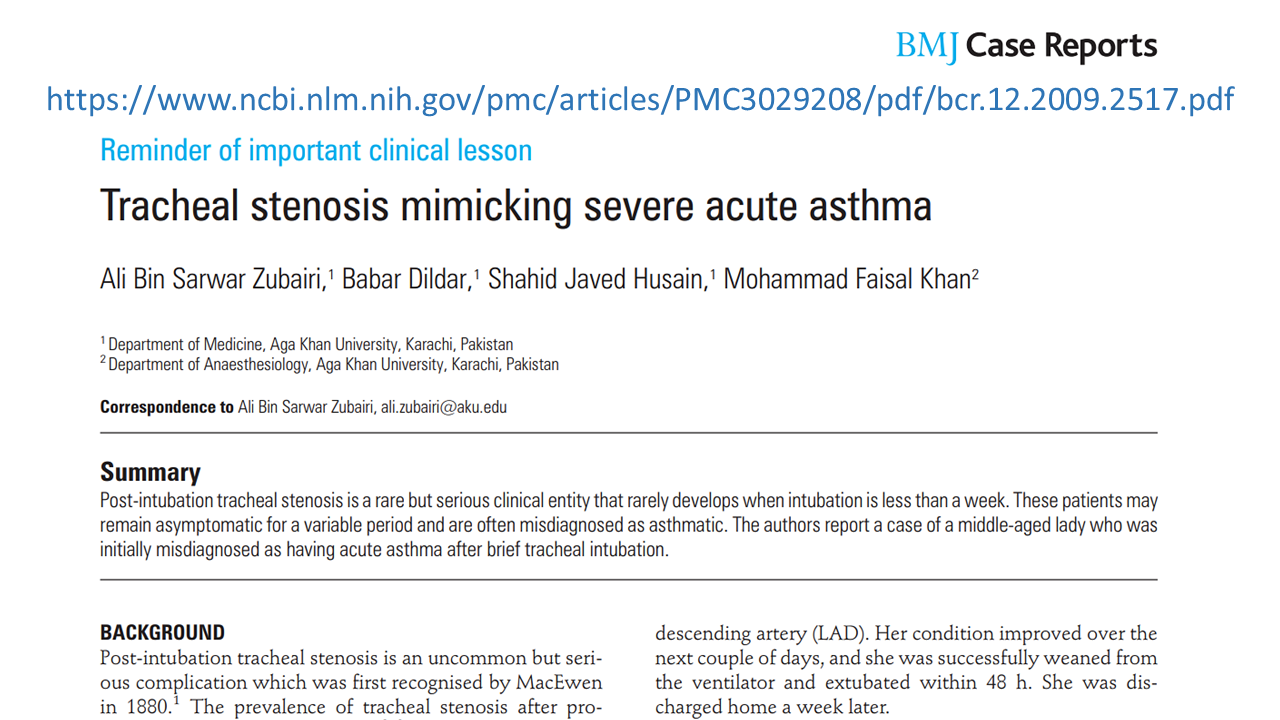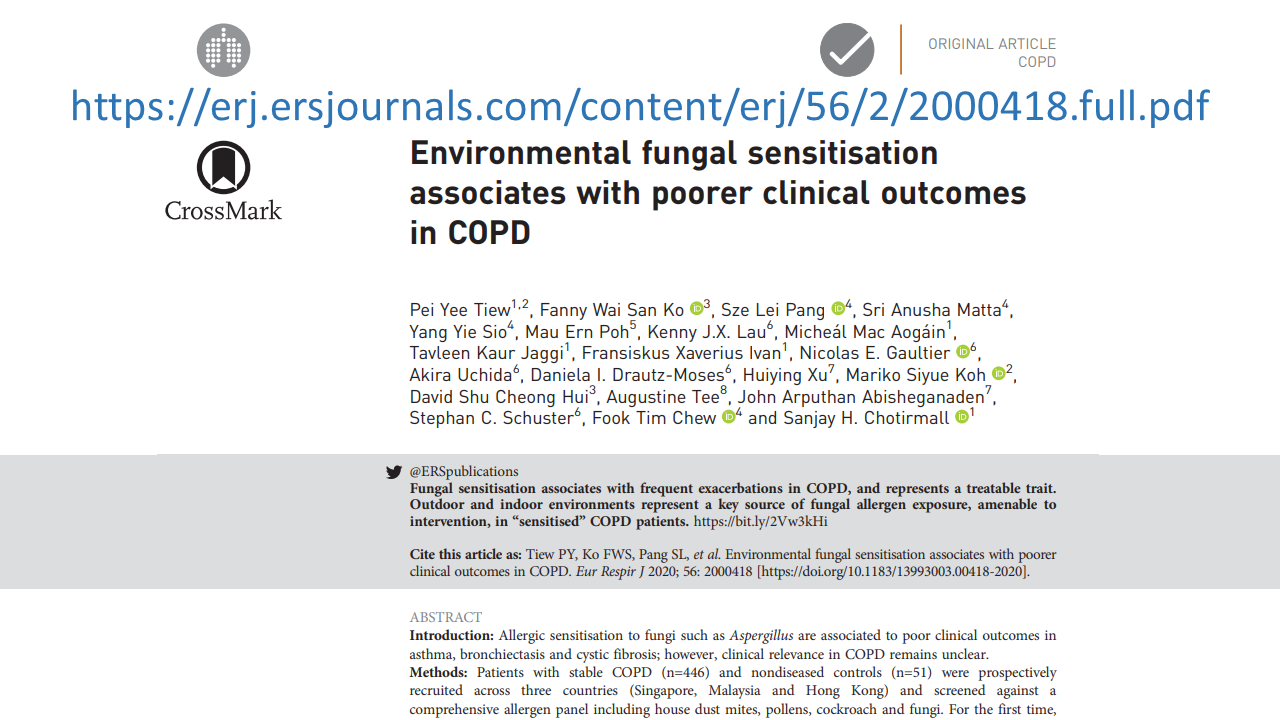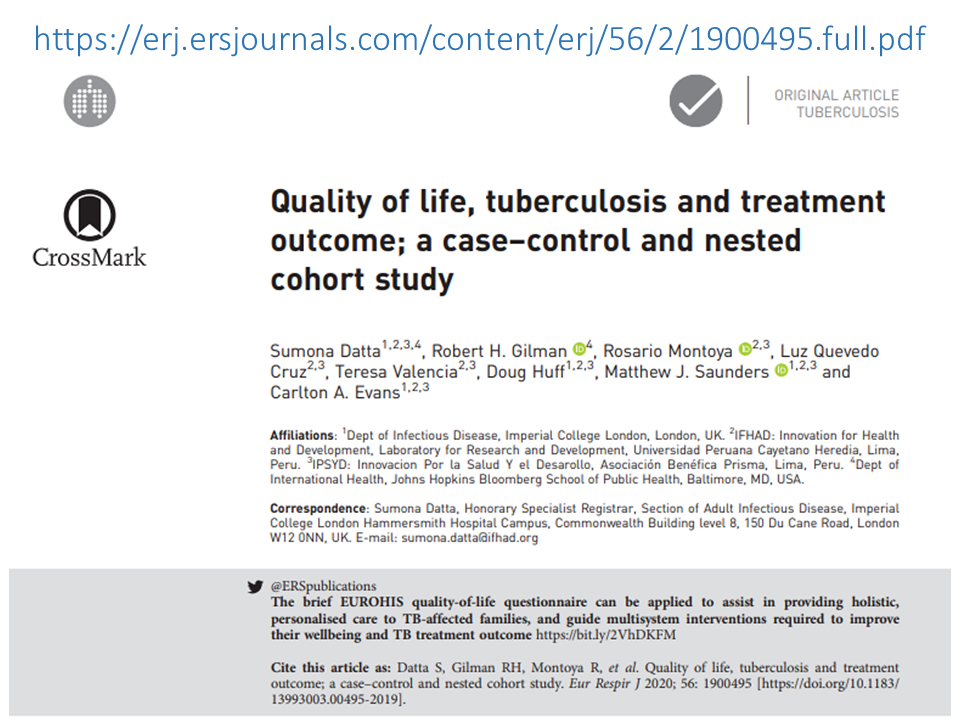
Every month I try to read an open-access article. After reading the article, I share the tittle and associated link with my followers. This is to encourage clinicians to read articles, stay up to date, and continue to grow.
Link to the article: https://www.ncbi.nlm.nih.gov/pmc/articles/PMC3029208/
Link to the blog post: https://respiratory.blog/lets-read-an-article-a-month-december-2020/
This month I found a great piece to share with you. This one is a case study. The authors of this paper have tried to “report a case of a middle-aged lady who was initially misdiagnosed as having acute asthma after brief tracheal intubation” (p.1).
Tracheal stenosis mimicking severe acute asthma
Ali Bin Sarwar Zubairi, Babar Dildar, Shahid Javed Husain and Mohammad Faisal Khan
BMJ Case Rep. 2010; 2010: bcr1220092517.
Link to the article: https://www.ncbi.nlm.nih.gov/pmc/articles/PMC3029208/pdf/bcr.12.2009.2517.pdf
Reasons you may find this article interesting
- Tracheal stenosis post intubation is rare but it can happen. To make the case even rarer, this lady was intubated for less than 48 hours.
- This article includes images that are interesting to view. Two are from the bronchoscopy view of the narrowing (Figures 1 and 2. on pages 2 and 3). The other image is a CT scan of the neck which shows the tracheal stenosis (Figure 3 page 4). I greatly enjoyed seeing the visual aspect of this case!
- I enjoyed reading the differential diagnosis from her ER visit:
“New-onset severe asthma, bilateral vocal-cord paralysis, foreign-body aspiration, tracheal tumours, post-intubation/tracheostomy tracheal stricture, Wegener’s granulomatosis, obstruction of trachea or mainstem bronchi due to external compression from mediastinal tumours or adenopathy” (p.2).
I encourage you to read this interesting and short case study as the authors also review the potential reasons why this stenosis occurred and also the potential treatment options.
If you enjoyed this article, consider liking this blog post and sharing it with others who may benefit from it.
Happy learning and reading!
Farzad Refahi
December 1st, 2020https://respiratory.blog/lets-read-an-article-a-month-december-2020/
Happy learning and reading!
Farzad Refahi
December 1st, 2020
https://respiratory.blog/lets-read-an-article-a-month-december-2020/



